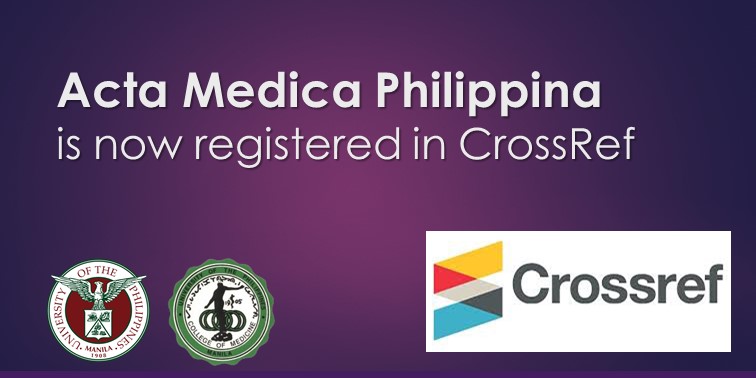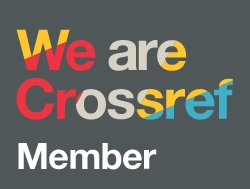Empowering Mothers through Prenatal Screening: Nuchal Translucency as a First Step toward Informed Choices
DOI:
https://doi.org/10.47895/amp.v59i15.13806Abstract
The recent article of Sucaldito and colleagues reviewed the diagnostic performance of nuchal translucency (NT) as a standalone screening tool for Down syndrome (DS). Their analysis highlights its potential utility in low-resource settings such as the Philippines. Given this context, NT screening is a practical method for identifying pregnancies at risk for DS.
Prenatal screening has significantly evolved since its inception. The earliest form measured a single maternal serum marker to assess the risk of neural tube defects (NTDs). Recently, the scope has broadened to include screening for structural abnormalities or birth defects, aneuploidy or the occurrence of one or more extra or missing chromosomes, and genetic abnormalities causing disease. In resource-constrained settings, equitable access to reliable screening remains a challenge.
Down syndrome, caused by an extra partial or full copy of chromosome 21, is the most common aneuploidy associated with intellectual disability and multisystemic complications. Maternal age is one of the indications for screening. Advanced maternal age, defined as women aged 35 and older at the estimated date of delivery, has been strongly associated with a higher risk of DS. The Philippine Statistics Authority (PSA) reports that as of 2023, the cumulative percentage of live births born to mothers aged 35 and older is 25.9%.
While NT alone is not diagnostic, its findings can guide the next steps in a patient’s prenatal journey. Depending on the clinical scenario and gestational age, additional options for screening may include maternal serum screening, cell-free fetal DNA (cffDNA) analysis, and targeted ultrasound to detect structural markers of DS. Importantly, patients must be counseled that these are screening tests and not confirmatory. A definitive diagnosis requires prenatal chromosomal analysis or karyotyping via invasive procedures such as amniocentesis or chorionic villus sampling (CVS), or postnatally after the child’s birth.
Beyond diagnostic clarification, early identification of risk for DS enables timely referral to appropriate specialists. Congenital anomaly scan finding of a cardiac pathology will allow an early referral to a pediatric cardiologist. In cases where advanced diagnostics are unavailable, early coordination with a pediatrician ensures a thorough physical examination upon birth to look for findings consistent with DS. Referral to a genetic counselor or a clinical geneticist is also essential, allowing families to receive comprehensive guidance and support in understanding the implications of the diagnosis.
Patient involvement is at the heart of prenatal screening. Physicians must ensure that expectant mothers—and their partners—receive complete information about available options so they can make informed decisions. While the Philippine legal framework does not allow termination of pregnancy, early knowledge empowers families to prepare emotionally, medically, and socially for the arrival of a child with DS.
In conclusion, Sucaldito et al.’s work reinforces the relevance of NT as a practical, cost-effective screening tool for Down syndrome, especially in the Philippine context. Integrating NT into routine prenatal care can significantly improve early detection rates, provide opportunities for early interventions, and most importantly, support informed and compassionate decision-making for expectant families.
Downloads
Published
Issue
Section
License
Copyright (c) 2025 Acta Medica Philippina

This work is licensed under a Creative Commons Attribution-NonCommercial-NoDerivatives 4.0 International License.




.jpg)



